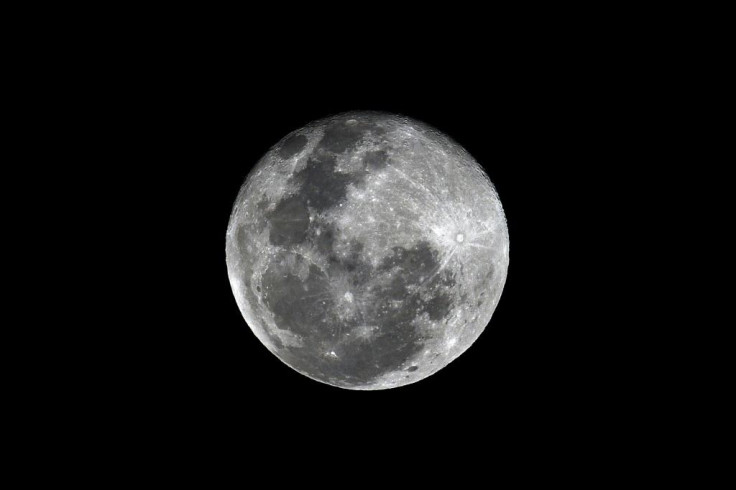NASA's major announcement about moon next week might be groundbreaking: reports
The upcoming NASA press conference will have four notable participants: Naseem Rangwala, Paul Hertz, Jacob Bleacher, and Casey Honniball.
As several of its recent projects have been met with favourable feedback, the National Aeronautics and Space Administration (NASA) appears ready for the upcoming Artemis moon mission. Recently, its top officials met with project members to establish a set of rules (Artemis Accords) that would eventually govern the Lunar colony envisioned by the agency. With a major announcement related to the Earth's neighbouring satellite planned for next week, it appears sources might have an idea about what it might entail.
So far, representatives from NASA have not shared any details about what the space agency plans to discuss. Nevertheless, astronomy experts and enthusiasts are eager to know what the agency hinted as a "new discovery about the Moon" earlier. Additional information claims whatever will be made public on Monday, Oct. 26, at 12 p.m. EDT "contributes to NASA's efforts to learn about the Moon in support of deep space exploration."
An official media advisory posted on its website also reads: "Under NASA's Artemis program, the agency will send the first woman and next man to the lunar surface in 2024 to prepare for our next giant leap – human exploration of Mars as early as the 2030s. Understanding the science of the Moon also helps piece together the broader history of the inner solar system."
ðŸ—“ï¸ Mark your calendars: We will be revealing a new discovery about the surface of the Moon from our airborne @SOFIATelescope observatory, and YOU are invited.
— NASA (@NASA) October 22, 2020
âœï¸ Pencil us in for 12pm ET on Monday, Oct. 26! To participate: https://t.co/gzfTK43snB pic.twitter.com/HHNXOAYfMh
The press conference will have four notable participants: Naseem Rangwala, Paul Hertz, Jacob Bleacher, and Casey Honniball. All are involved in different fields of research and in various operations across NASA's vast network of operations. According to reports, the presence of the latter might have something to do with the discovery of water on the lunar surface.
Honniball is a "postdoctoral fellow at NASA's Goddard Space Flight Center, Greenbelt, Maryland" as indicated by the announcement. One interesting facet, in particular, is the fact she and her team apparently "developed a new approach to detect the actual water molecule on the Moon," via infrared astronomy.

This can be read on her PhD dissertation titled "Infrared Remote Sensing Of Volatile Components On The Moon," which is accessible online. Although this is just speculation, for now, her track record, field of expertise, as well as her inclusion in NASA's big announcement on Monday could be a clue as to the agenda of next week's event.
© Copyright IBTimes 2024. All rights reserved.





